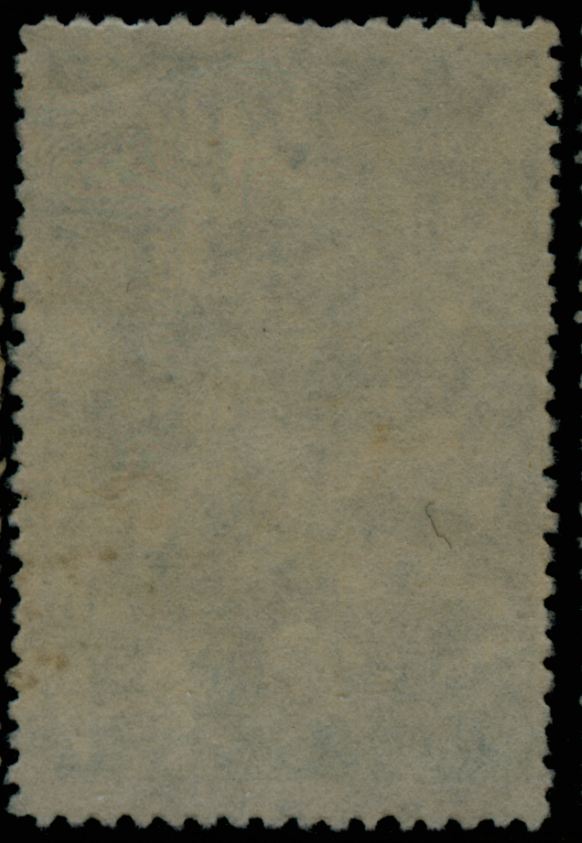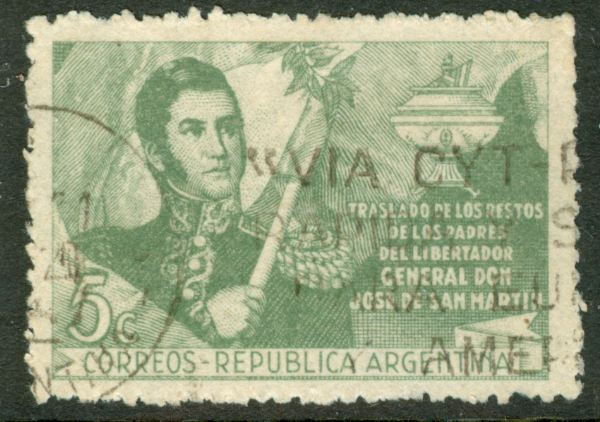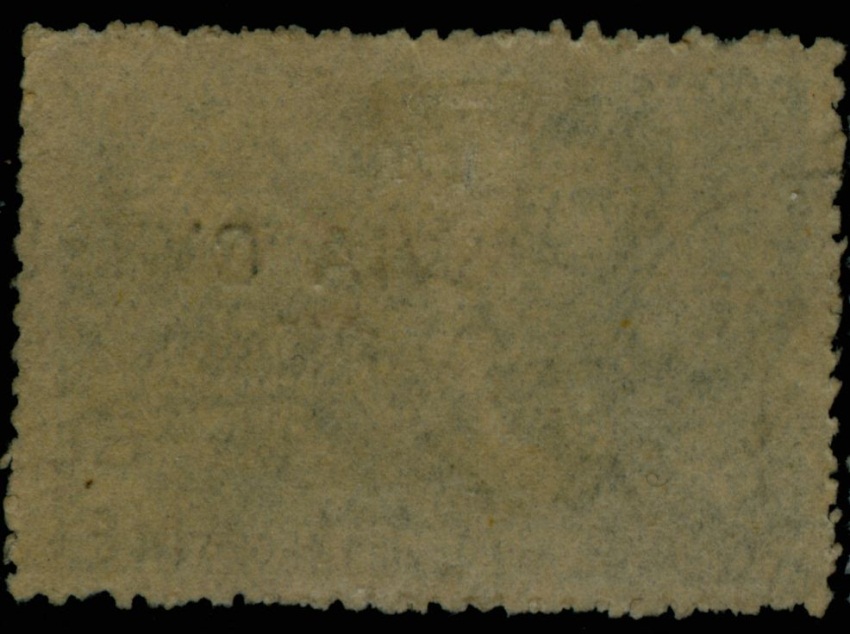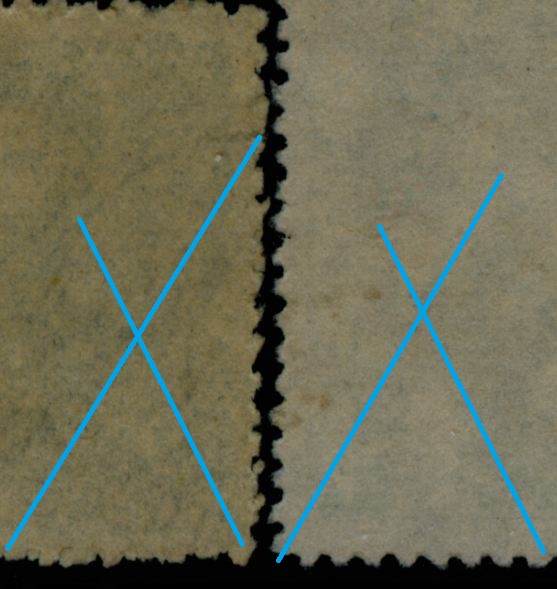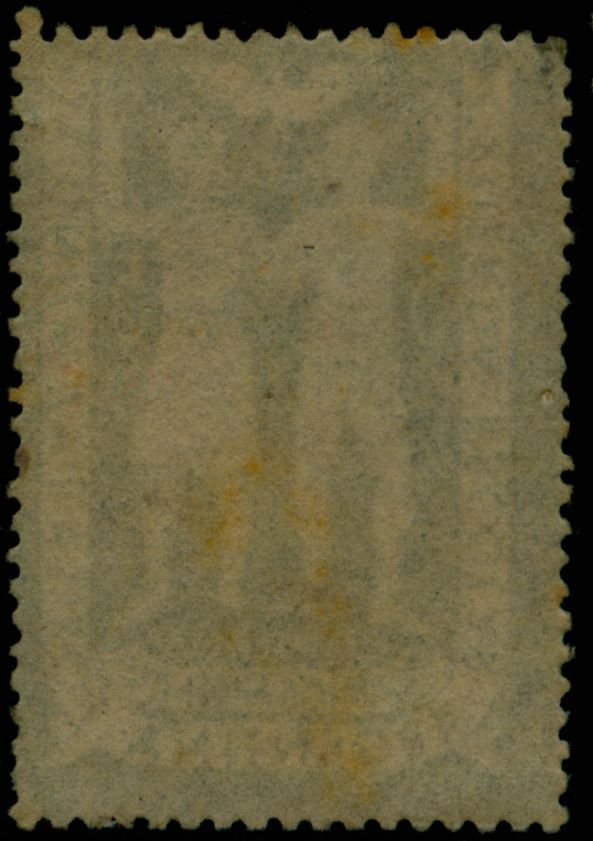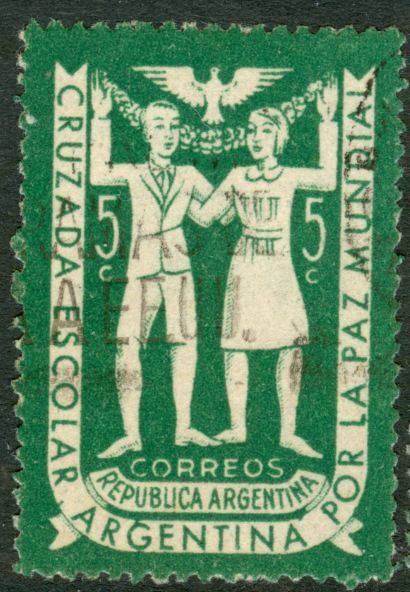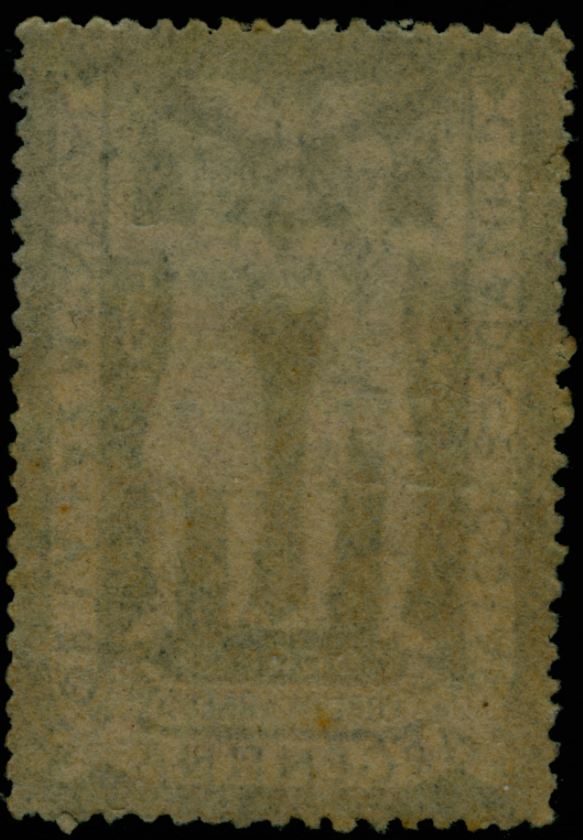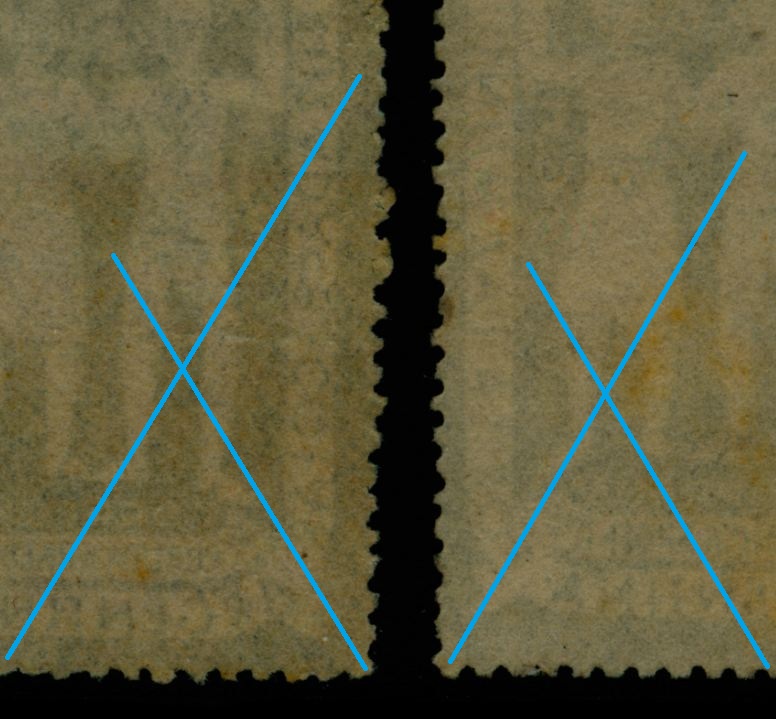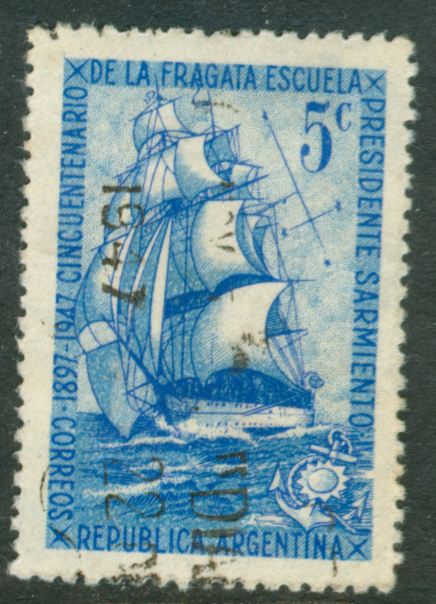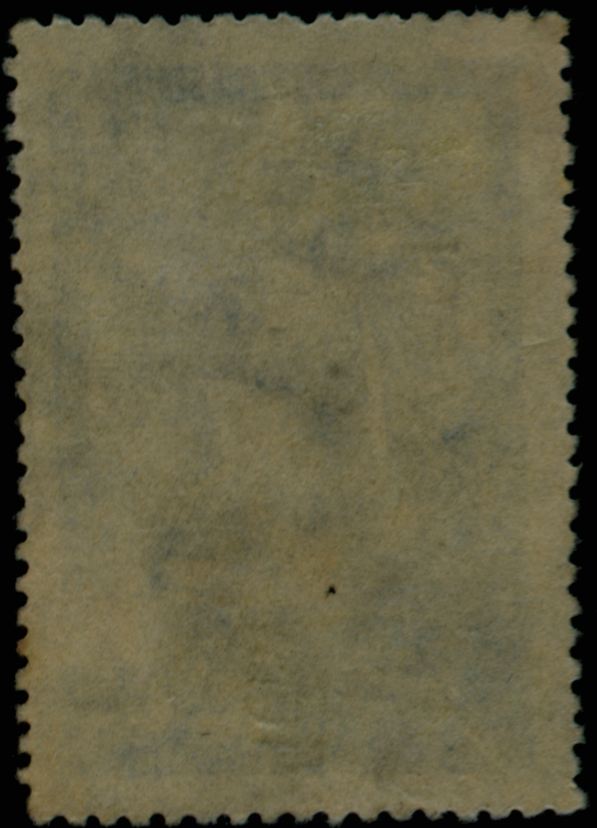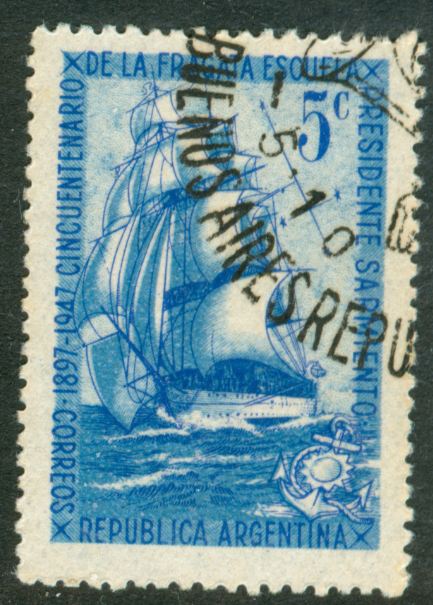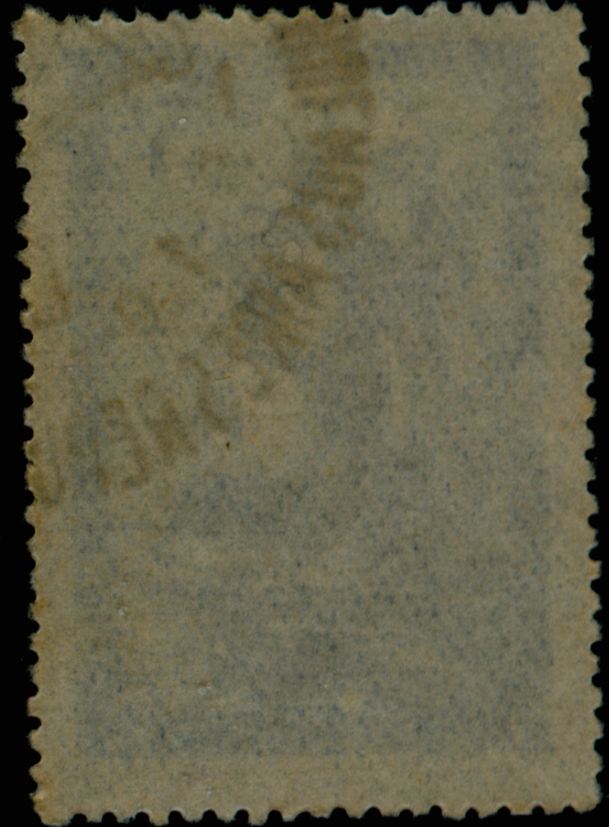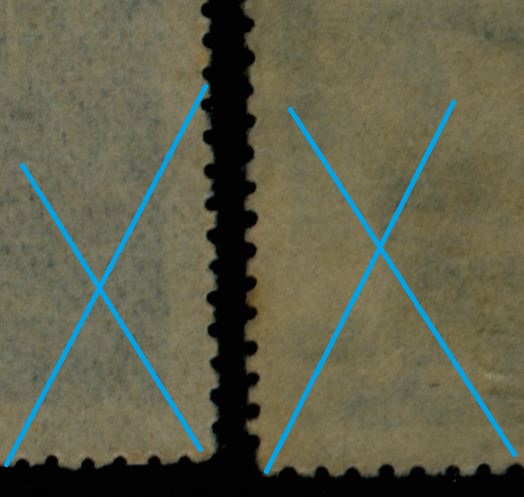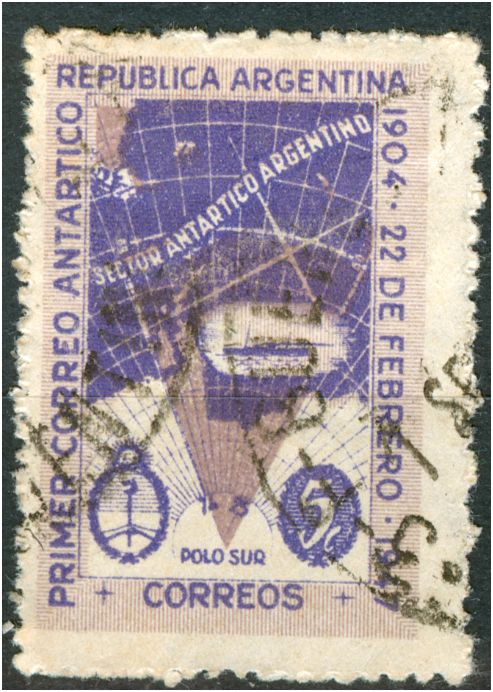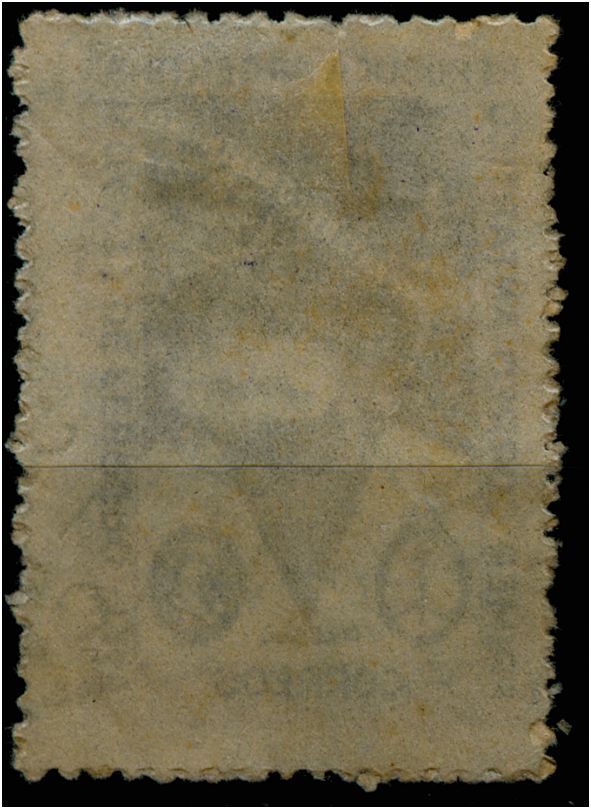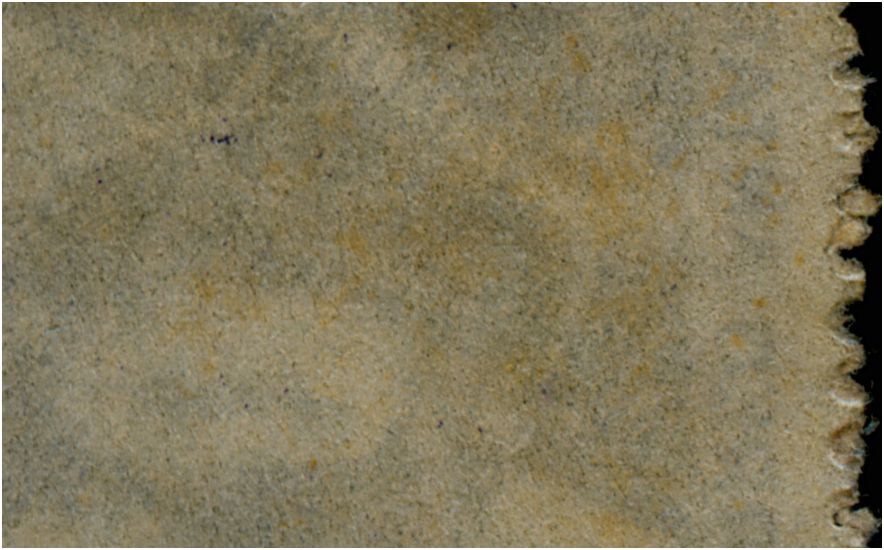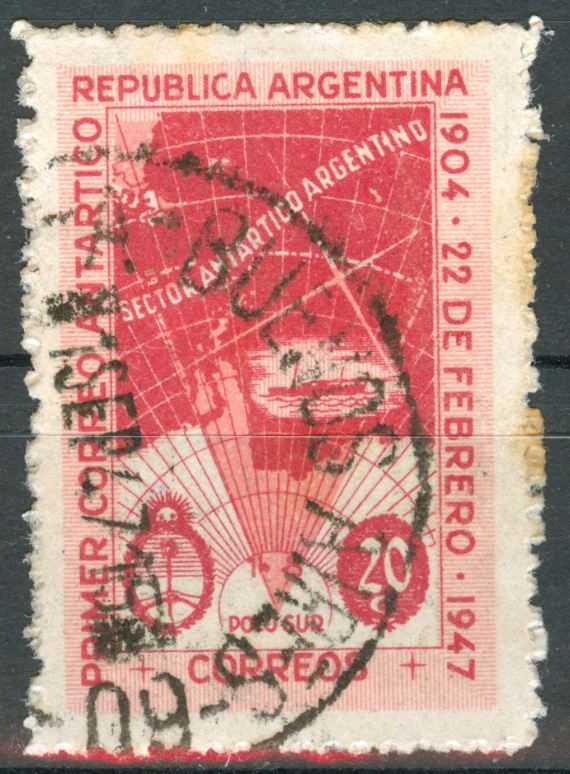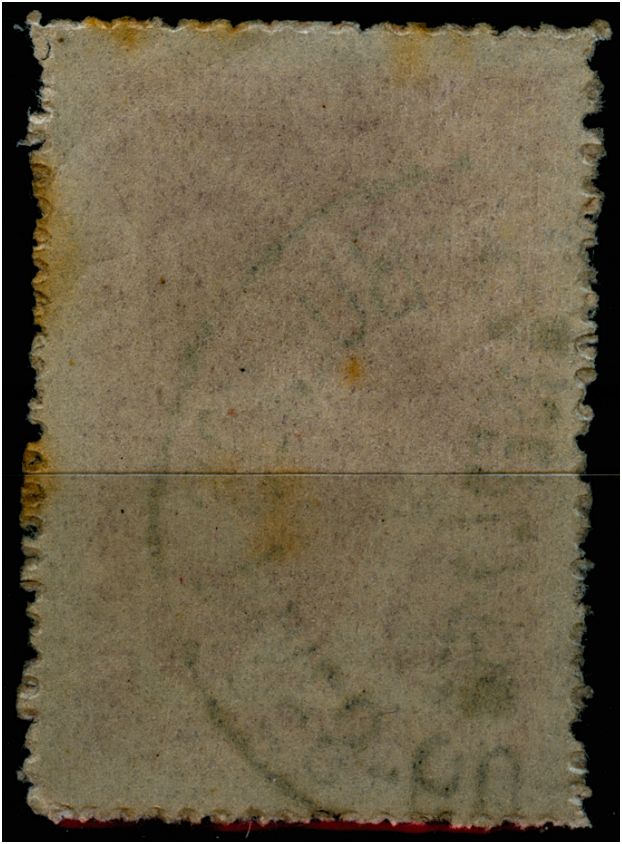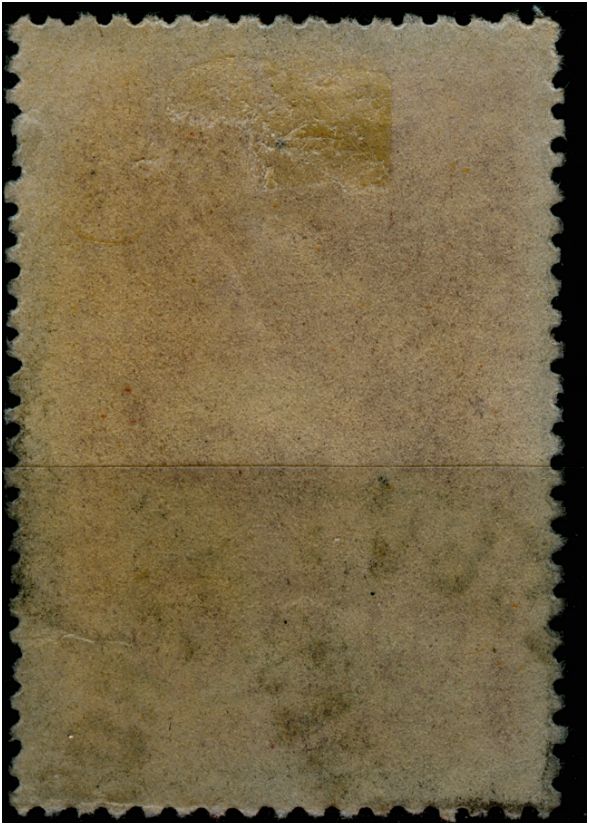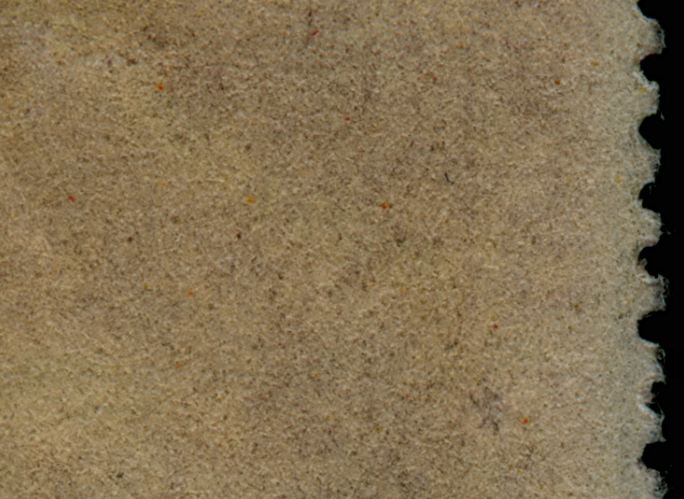The aspect discussed in the previous posting is just as important
for the last group of papers dealt with in Pettigiani's book!
The no watermark papers also originate from the Zárater paper
mills although from a much earlier period! In the 1945-1948 period
practically all stamps were printed on paper without watermark. The
paper mesh always reflects a wire structure that was symmetrical.
Pettigiani recognizes 2 main types - just as Dario Bardi did:
R = grené, i.e. the rhombos are very clear;
and
S = trama cerrada or "closed wire" were you can not see the
rhombos; only during the 1947-1948 period.
The reference in the commemoratives is
MT 491 = 24.11.1947 Return of the Ashes of San Martin's parents,
printed in offset-litho
This reference is a bit strange as other types of paper had been
used as well for this stamp i.e Rayos Rectos Nitidos!
MT 488 = 05.10.1947 Fregat Sarmiento
MT 492 = 24.12.1947 5c Cruzada Escolar
can have both R and S! And the Cruzada Escolar exists also on
Rayos Rectos Nitidos!
Pettigiani sees 3 subtypes of S - of which 2 show only very minute
pin points when holding the stamps against a strong light source. And
when there is a hue of sheen a reference was made to the Satinado.
This subtype had also been called the Canadian paper believing it
originates from Canada.

